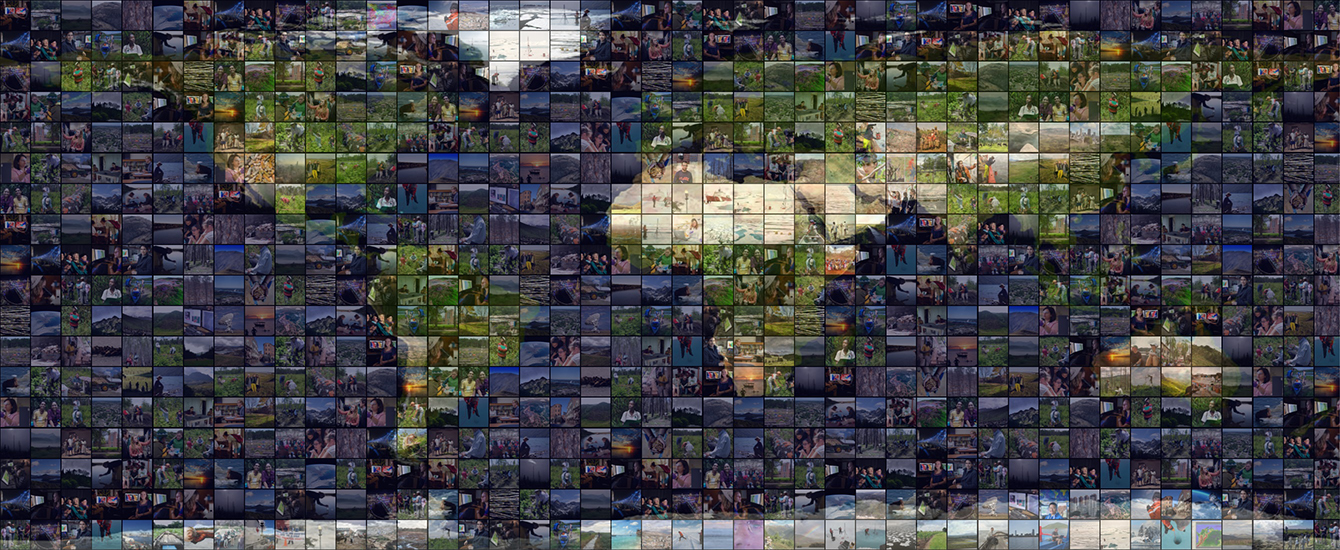Geography
Raster data transformation for land change analyses: Combined impacts of reprojecting and rescaling categorical maps on landscape composition and configuration
Document Type
Conference Paper
Abstract
The use of raster-based categorical maps from multiple sources necessitates the transformation of the geometric characteristics to directly compare maps, such as in land change analyses. Through the operations of reprojecting maps to a new geographic reference framework and rescaling pixel values to a new size, distortions of map information are introduced that can affect both the proportion and arrangement of thematic classes across the landscape. Using a sample land cover dataset, images were reprojected and rescaled using three common raster-based transformation methods and one new vector-based method. Through an evaluation of changing class areas and landscape ecology metrics, results demonstrate that the values of more than a third of pixels in a categorical map may be affected by common reprojecting and rescaling methods. While relative class area was best preserved by a nearest-neighbour resampling method, the contiguity of thematic classes and the overall fragmentation of the landscape was lowest when using a vector-based reprojecting and resampling method. Results reinforce the need for careful attention to categorical data transformations in land change analyses.
Publication Title
Accuracy 2010 - Proceedings of the 9th International Symposium on Spatial Accuracy Assessment in Natural Resources and Environmental Sciences
Publication Date
2010
First Page
129
Last Page
132
Keywords
data integration, land change, projection, reference system, scale, transformation
Repository Citation
Christman, Zachary and Rogan, John, "Raster data transformation for land change analyses: Combined impacts of reprojecting and rescaling categorical maps on landscape composition and configuration" (2010). Geography. 673.
https://commons.clarku.edu/faculty_geography/673



